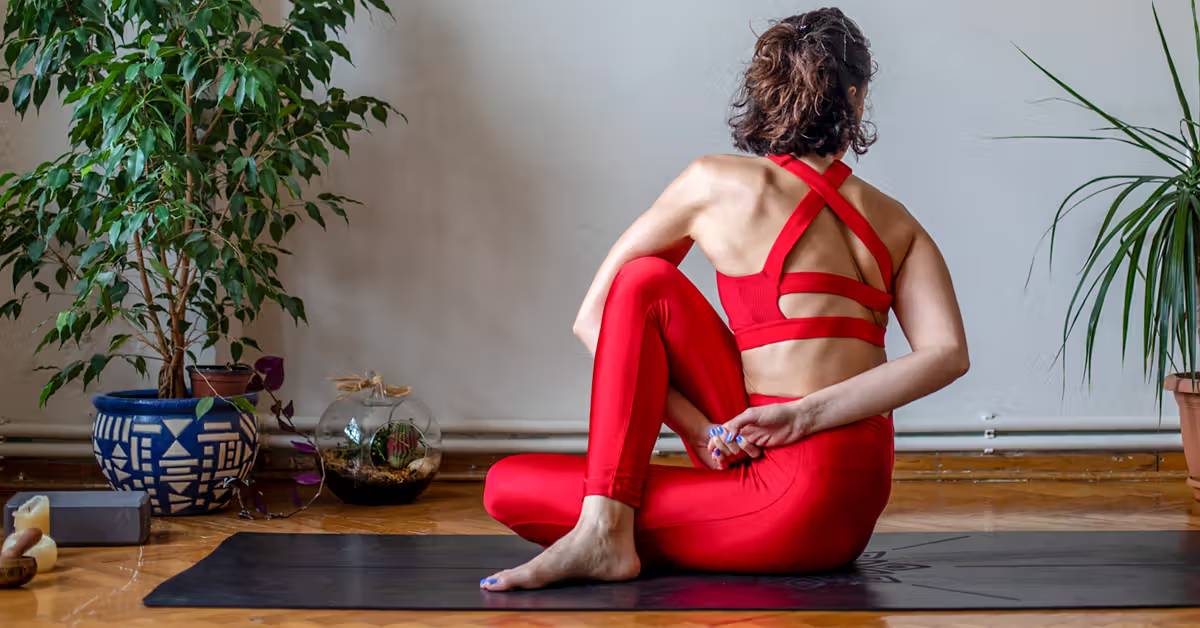Ever feel like your upper back is stiff or tight, and you just want to crack it for relief? You’re not alone! Many people experience upper back tension from poor posture, sitting too long, or working out. In this guide, I’ll walk you through how to crack your upper back safely, when to seek professional help, and some better alternatives for long-term relief.
Table of Contents
Is It Safe to Crack Your Upper Back?
The short answer: Yes, but with caution. When done correctly, cracking your upper back can release built-up tension and improve mobility. However, forcing a crack too often or using improper techniques could strain your spine or muscles.
Why Does Your Back Crack?
That popping sound? It’s just gas bubbles in your joints being released (a process called cavitation). It’s harmless unless accompanied by pain or discomfort.
Easy Ways to Crack Your Upper Back at Home
1. The Hug Stretch
This one’s simple and works wonders.
- Wrap your arms around yourself like you’re giving a big hug.
- Take a deep breath in.
- As you exhale, squeeze tightly and twist slightly left and right.
- You might hear a pop as your spine releases tension.
2. Chair Stretch (Seated Spinal Twist)
Perfect if you’re sitting at your desk all day.
- Sit up straight in a chair with feet flat on the floor.
- Twist your upper body to the right, holding the chair’s armrest.
- Hold for a few seconds, then switch sides.
- You might hear a subtle crack as your spine adjusts.
3. Foam Roller Magic
If you have a foam roller, use it!
- Place the roller under your upper back.
- Cross your arms over your chest.
- Slowly roll up and down, pausing on tight spots.
- If needed, lift your hips for a deeper stretch.
4. Standing Back Bend
Great for opening up the chest and stretching your back.
- Stand with feet shoulder-width apart.
- Place hands on your lower back for support.
- Gently arch backward, looking up.
- If your back is tight, you may hear a light pop.
5. Floor Spinal Twist
A classic yoga move that’s great for back relief.
- Lie on your back with knees bent.
- Drop your knees to one side while keeping your shoulders flat.
- Hold for 20–30 seconds, then switch.
- A little pop? That’s your spine realigning naturally.
When NOT to Crack Your Upper Back
While self-cracking is usually fine, there are some red flags to watch for:
- Sharp or shooting pain – This isn’t normal. Stop immediately.
- Chronic stiffness – If you’re cracking your back multiple times a day, something deeper is going on.
- Recent injury or surgery – Never force a crack if you’re recovering.
- Numbness or tingling – Could indicate nerve issues; see a professional.
Better Alternatives for Long-Term Relief
Cracking your back is a temporary fix. For lasting relief, try these methods:
1. Strengthen Your Upper Back
Weak back muscles = more tension. Build strength with:
- Rows and pull-ups
- Reverse flies
- Resistance band exercises
2. Improve Your Posture
Slouching leads to tightness. Fix it by:
- Sitting with your shoulders back and down
- Adjusting your desk setup (screen at eye level)
- Using a lumbar support cushion
3. Stretch Daily
Loosen up tight muscles with:
- Cat-cow stretches
- Shoulder rolls
- Wall angels
4. See a Chiropractor or Physical Therapist
If your back pain is persistent, get a professional assessment. Chiropractors can safely adjust your spine, and physical therapists provide exercises to prevent stiffness.
Final Thoughts: Should You Crack Your Upper Back?
Cracking your upper back occasionally and gently can feel amazing. But if you rely on it too often, it’s time to address the root cause with stretching, posture correction, and strength training.

